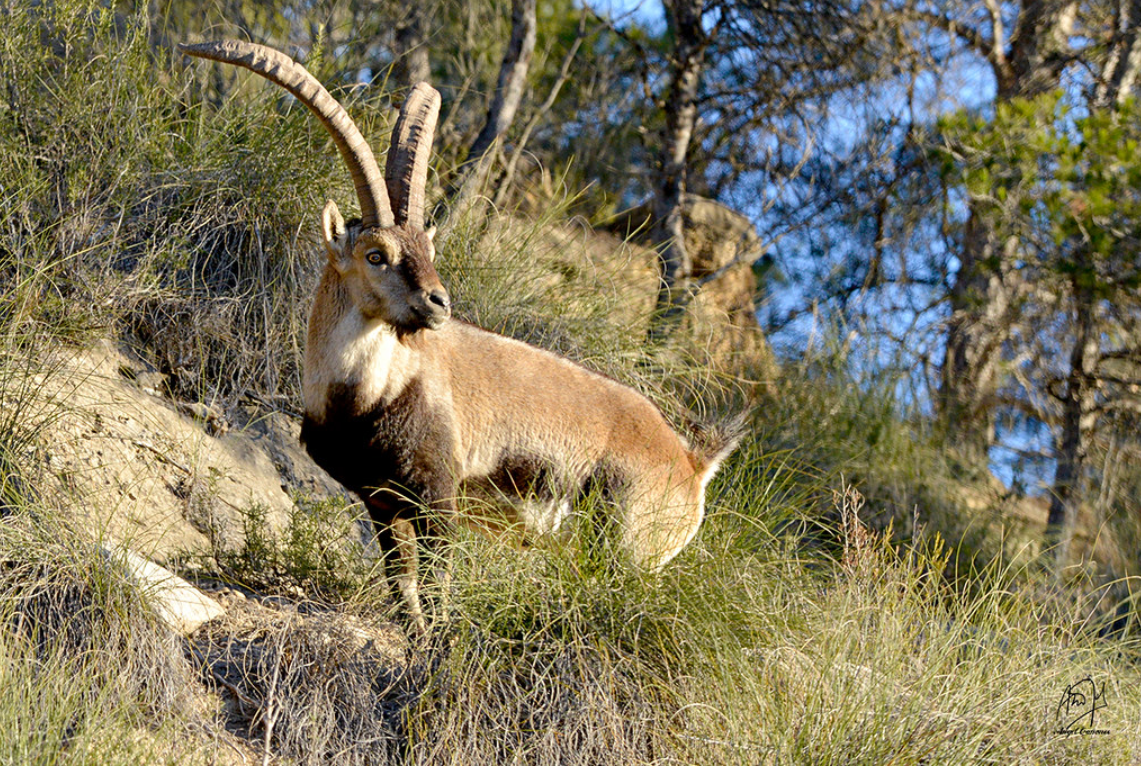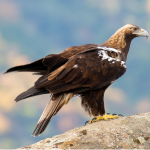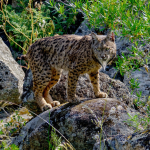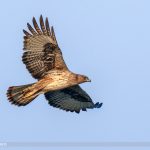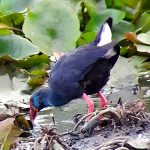In this order we find the large herbivores of Extremadura, some of them really abundant in the community.
Barbary sheep Ammotragus lervia
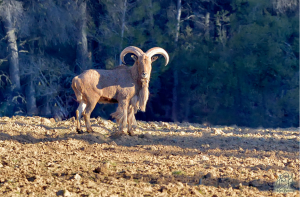
Originally from North Africa, this species of bovid, also known as Mouflon of the Atlas, is present today in some big game hunting areas, where it has been introduced. The impact that its population may have on the ecosystems of Extremadura is still unknown, as it has a very high reproductive capacity. In Sierra de Pela there are several hunting grounds where this species has been released.
Boar Sus scrofa
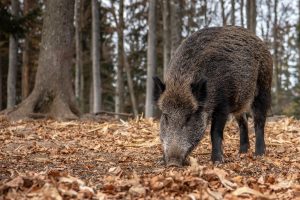
Very abundant in the whole region, it is adapted to all types of ecosystems, including the most anthropized ones as cultivation areas (vineyards, cornfields…). It is a mammal that feeds on everything it finds: plants, fruits, bulbs, carrion, eggs, small mammals… Very abundant throughout the region, its habits are mainly nocturnal, although rainy days may have some activity during the day.
Fallow deer Dama dama
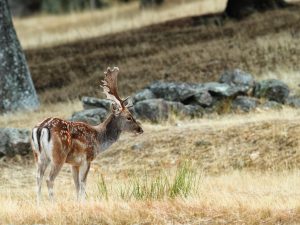
A species in expansion in the community, favored by the release in big game reserves for hunting. Males are characterized by webbed horns and white spots on the body. Like the deer, it is another large herbivore whose sighting is more likely in pasture areas at dawn and dusk. Sierra de San Pedro or the vicinity of the Alcántara lake are good options for observing him both from the car and walking.
Mouflon Ovis gmelini
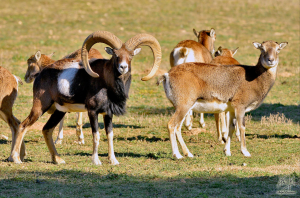
Introduced into the community for hunting purposes, it is now present in a good number of big game hunting areas. This “wild sheep” also has a diurnal habit and likes to graze on the steep slopes of Mediterranean forests and pastures. The males are very showy with a large curved antlers. The banks of the Alcántara reservoir are once again a good area to observe it, as many hunting estates border the water.
Red deer Cervus elaphus
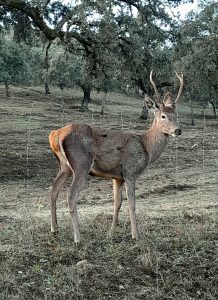
It is the most abundant deer in the region where it is widely distributed through all types of ecosystems: Mediterranean forest and scrubland, pastures, mountainous areas… Easy to observe in many dehesas during the twilight, the best way to do it is from a low speed vehicle on dirt roads. Monfragüe or Sierra de San Pedro have very high densities but we can observe them in most of the mounts and meadows of Extremadura. Late summer / early autumn is the best time to do it, coinciding with the rutting season.
Roe deer Capreolus capreolus
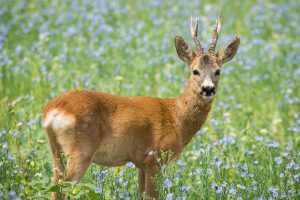
We generally find it in forest ecosystems, being the smallest of the large herbivores of Extremadura. It is in clear expansion, both in the community and in the rest of the country, although in Extremadura it is not as abundant as for example in the two Castillas. As their populations grow, their ecological importance is greater, forming part of the diet of some predators such as the Iberian lynx. Present mainly in the east of the community, we can see it almost always associated with wooded areas. The ecotones between the mount and the zones of grass are favorable zones to sight it.
Spanish ibex Capra pyrenaica
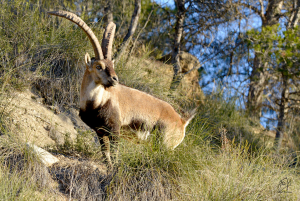
This species of goat is present in the north of the community, in the most mountainous zones of the mountain range of Gredos and the Hurdes. The specimens present in the community belong to the subspecies Capra pyrenaica victoriae. Of diurnal habits, we will be able to observe it in the pastures and bushes of the highest zones of the mentioned mountain ranges.
Thanks to Mariano Cordero and Ángel Cañones for the pictures

